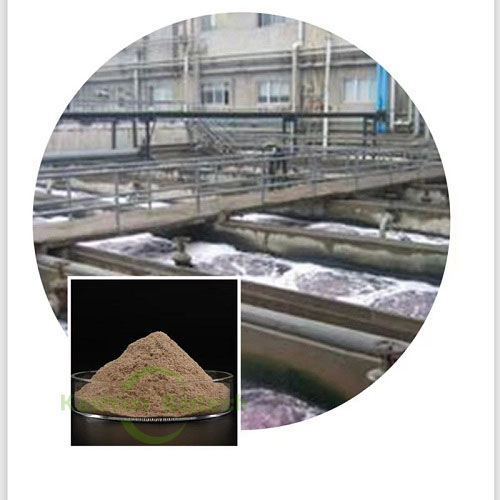
1. Microbial species in microbial agent
Bacteria
Bacteria are adaptable and grow fast. According to the different nutrient requirements, bacteria can be divided into two groups: autotrophic and heterotrophic. Autotrophic bacteria use various inorganic substances (CO2, HCO3-, NO3-, PO3-4, etc.) as nutrients to convert them into another kind of inorganic substances, release energy, and synthesize cellular substances. Their carbon, nitrogen and phosphorus sources are all inorganic substances. Heterotrophic bacteria use organic carbon as carbon source and organic or inorganic nitrogen as nitrogen source to convert it into inorganic substances such as CO2, H2O, NO3-, CH4, NH3, and release energy to synthesize cellular substances.

Fungus
Fungi include molds and yeasts. Fungi are aerobic bacteria, with organic matter as carbon source, and the growth pH is 2-9, and the suitable pH is 5.6. Fungi require only half as much oxygen as bacteria. Fungi often occur in environments with low pH and low molecular oxygen.
True mycelium plays a skeleton role in the aggregation of activated sludge, but the appearance of excessive filamentous bacteria will affect the sedimentation performance of sludge and cause sludge bulking. The role of fungi in sewage treatment can not be ignored.
At present, most of the microbial agents in the market are from the combination of Japanese Euclidococcus agent and related bacterial agents. There are mainly seven bacterial genera in the microbial agents, among which Bacillus and yeast are the most common species, and other common bacterial genera include red Helicobacter, Lactobacillus, nitrocellus, Pseudomonas and Micrococcus.
2. The characteristics of microbial agents
In situ treatment: there is no need to extract water for treatment, and the river water can be repaired in situ; Quick effect: in the short term can eliminate nitrogen and phosphorus in the water and other nutrients, so that the water looks good; Less sludge: degrade organic pollutants in the bottom mud, compress the bottom mud volume, prevent the bottom mud reverse pollution of water; Strong compound: can be used in combination with other processes
Name: Nicole Yu
Mobile:+86 17718148007
Tel:+86 17718148007
Whatsapp:8617718148007
Email:sales@kashionbiotech.com
Add:No.6, Zhanxi Road, Yaohai District, Hefei City, Anhui Province, China.